Coconut Oil Pulling, Teeth Whitening & Healthy Mouth Guide
Did you know that coconut is a very powerful natural oil which can kill bacteria responsible for tooth decay?
Irish scientists have tested coconut oil samples on streptococcus mutans. This is bacteria that glues to our teeth and causes dental erosion. For this reason coconut oil should be the main ingredient in toothpastes and mouth rinsing liquids. And it goes great with baking soda!
Coconut oil also kills the fungus Candida albicans very effectively which is thought to play a major role in the manifestation of cancer. Common candida overgrowth symptoms include bad breath (halitosis), chronic fatigue, bloating, irritability, anxiety, difficulty concentrating, severe seasonal allergies, sensitivity to alcohol and products that come into contact with the skin such as deodorant and perfume.
Coconut Oil Pulling Benefits & How-to Guide
What is Oil Pulling?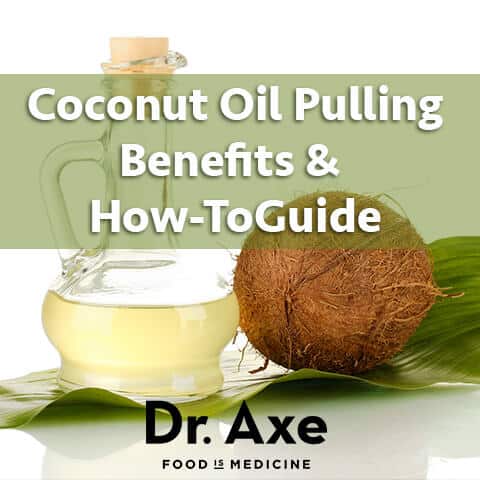
Coconut oil pulling is one of the best ways to remove bacteria and promote healthy teeth and gums!
It has taken quite some time, but oil pulling has finally gained some popularity in the United States.
Used primarily in Ayurvedic medicine, oil pulling is a fantastic oral detoxification procedure that is simply done by swishing a tablespoon of oil (typically coconut oil, olive or sesame oil) in your mouth for 10-20 minutes.
Oil pulling works by cleaning (detoxifying) the oral cavity in a similar way that soap cleans dirty dishes. It literally sucks the dirt (toxins) out of your mouth and creates a clean, antiseptic oral environment that contributes to the proper flow of dental liquid that is needed to prevent cavities and disease.
This unbelievably effective procedure has been used for centuries as a traditional India remedy to:
- Cures tooth decay
- Kills bad breath
- Heals bleeding gums
- Prevents heart disease
- Reduces inflammation
- Whitens teeth
- Soothes throat dryness
- Prevents cavities
- Heals cracked lips
- Boosts Immune System
- Improves acne
- Strengthens gums and jaw
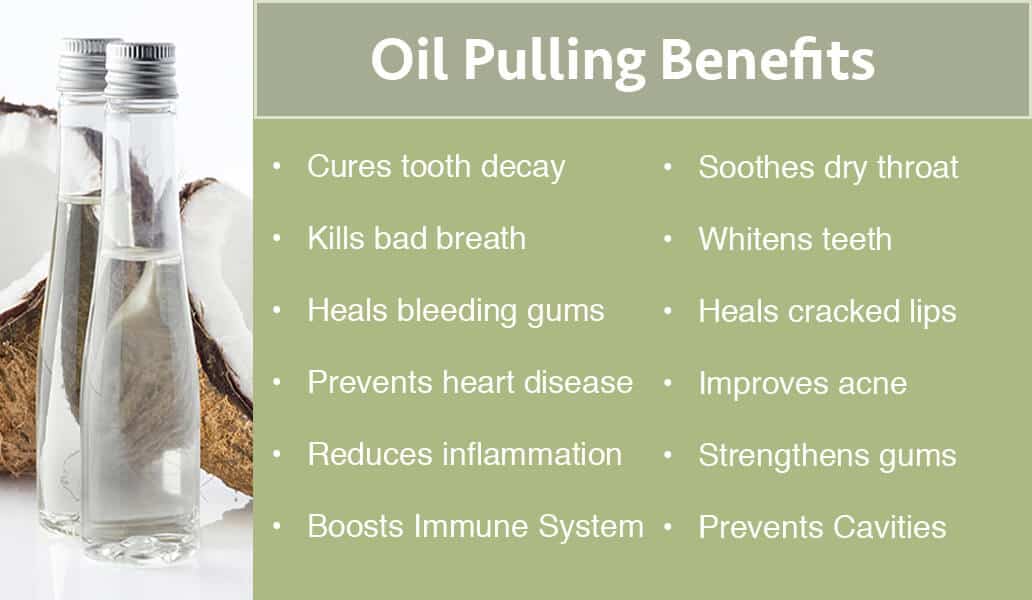
Oil Pulling History
Most of us cannot even imagine what life would be like without brushing and flossing our teeth everyday. However, in the scheme of things, tooth brushing is relatively, new since nylon bristle toothbrushes didn’t become part of our normal American experience until the late 1930s!
It’s important to remember that, in spite of the fact that most people in American today were all raised with toothbrushes in our mouths, our ancestors didn’t brush their teeth with toothpaste for thousands of years. And, as far as archeological evidence  suggests, most people throughout history lived until a ripe old age with most of their teeth intact and in a strong, healthy state.
suggests, most people throughout history lived until a ripe old age with most of their teeth intact and in a strong, healthy state.
Why didn’t their teeth rot?
Well, first of all, they ate real food and didn’t consume processed sugars and grains filled with phytic acid, which destroy tooth enamel. Secondly, they took care of their teeth through natural means like chew sticks that they rubbed against the teeth as has been found in Egyptian tombs dating to 3000 B.C. Third, depending on the culture and region of the world, many people also oil pulled.
Oil Pulling Research
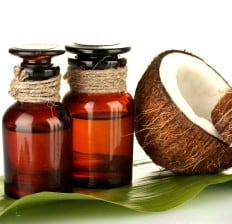 By now, you’ve probably heard of the phrase “oil pulling.” Not quite a household name just yet, people in natural health circles are adopting the procedure as part of their daily regimen by the droves because of the hype that is being placed on it about it lately on the Internet.
By now, you’ve probably heard of the phrase “oil pulling.” Not quite a household name just yet, people in natural health circles are adopting the procedure as part of their daily regimen by the droves because of the hype that is being placed on it about it lately on the Internet.
To date, there are just 7 oil pulling research studiesreporting on the health benefits of oil pulling. Although it is unfortunate that science has taken so long to take this ancient art seriously, it IS encouraging to see the literature database grow. I’m excited to read more as researchers catch on to how oil pulling can help transform someone’s life.
The Journal of Ayurveda and Integrative Medicine, for example, recently highlighted a study that reviewed holistic approaches to oral health and discovered that oil pulling is one of the most effective natural health solutions known to scientists that prevent tooth decay and loss. (1) Praised for curing more than 30 systemic diseases, the authors of this study have some profound things to say about this ancient natural healing practice:
“Oil pulling is a powerful detoxifying Ayurvedic technique that has recently become very popular as a CAM remedy for many different health ailments. Using this method, surgery or medication could be prevented for a number of chronic illnesses. The oil therapy is preventative as well as curative. The exciting aspect of this healing method is its simplicity.
Ayurveda advises oil gargling to purify the entire system; as it holds that each section of the tongue is connected to different organ such as to the kidneys, lungs, liver, heart, small intestines, stomach, colon, and spine, similarly to reflexology and TCM. (1)”
I really like this passage because it highlights how the detoxification effect that oil pulling has on the entire body reaches far beyond oral health. This is especially important for people who have conditions that contraindicate brushing such as mouth ulcer, fever, indigestion, those who have tendency to vomit, have asthma, cough, or thirst. (2)
In addition, I found these three studies showing how sesame seed oil pulling affects a wide range of oral health issues particularly helpful as I considered making it a part of my natural health regimen:
- According to researchers from the Department of Pediatric Dentistry in Tamil Nadu, India, oil pulling reduces Streptococcus mutans bacteria – a significant contributor to tooth decay – in the plaque and saliva of children. (3) In the authors’ words, “Oil pulling can be used as an effective preventive adjunct in maintaining and improving oral health.”
- As uncovered by researchers from the Department of Pediatric Dentistry in Chennai India, oil pulling can significantly reduced aerobic microorganisms in plaque among children with plaque-induced gingivitis. (4)
- From the same researchers in Chennai, oil pulling has been shown to be as effective as mouthwash at improving bad breath and reducing the microorganisms that may cause it. (5)
Why Coconut Oil is the Best Oil to Use
One important note to make is that the studies I referenced above only tested the effects that sesame seed oil had on patients who oil pulled. Being a staple in India, it’s no wonder why many Ayurvedic medicinal practitioners would naturally gravitate toward sesame. However, I would like to suggest using coconut oil instead.
Why?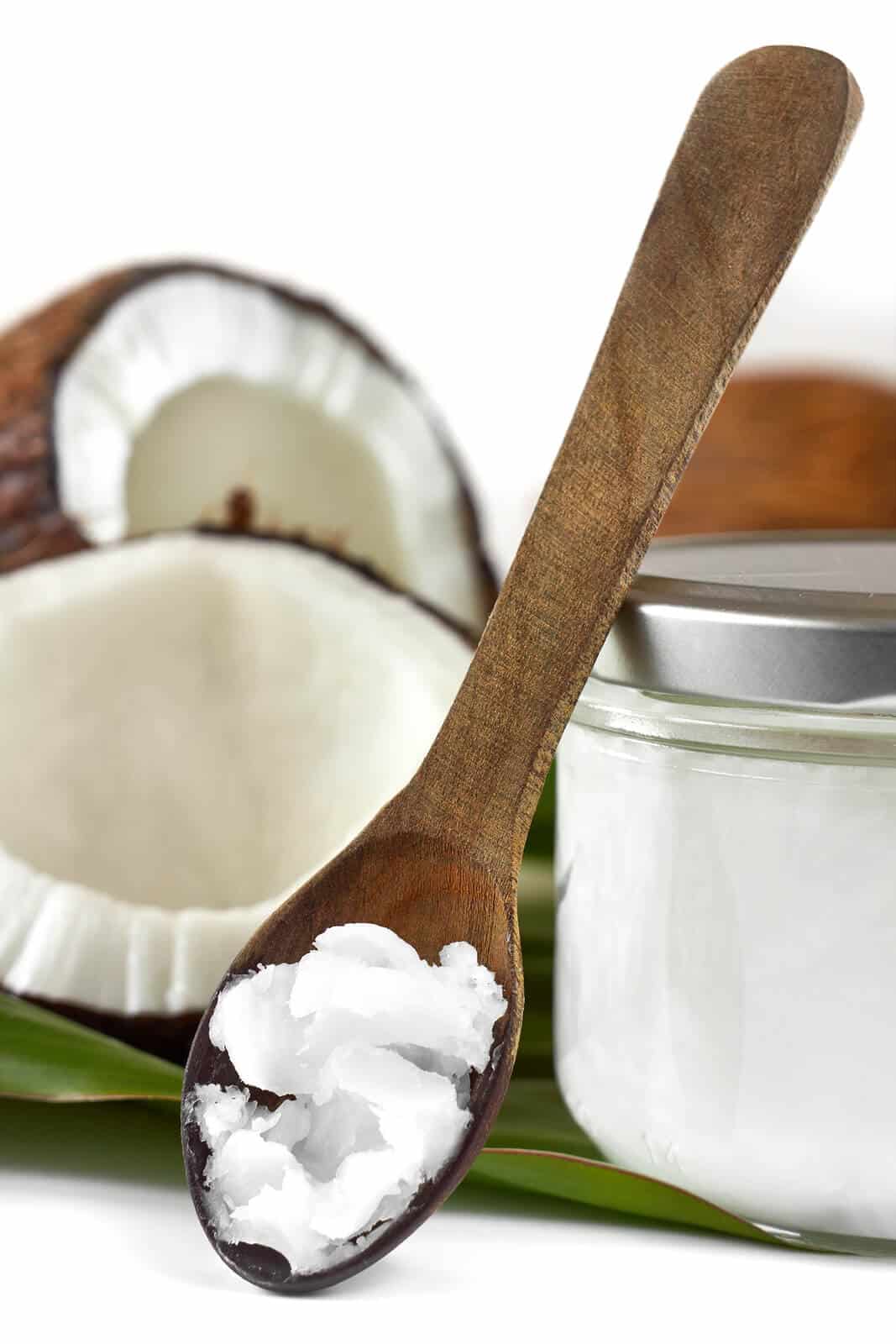
Because coconut oil has been shown to:
- Balance Hormones
- Kill Candida
- Improve Digestion
- Moisturize Skin
- Reduce Cellulite
- Decrease Wrinkles and Age Spots
- Balance Blood Sugar and Improve Energy
- Improve Alzheimer’s
- Increase HDL and Lower LDL Cholesterol
- Burn Fat
Because it is highly absorbable, you can experience many of these benefits simply by oil pulling!
Coconut Oil Pulling: How-To
This is how I like to do coconut oil pulling:
- Make sure to oil pull first thing in the morning right after you get out of bed before you brush your teeth or drink anything.
- Gently swish 1 – 2 tablespoons of coconut oil in your mouth and between your teeth for 10-20 minutes making sure that you don’t swallow any of the oil. (Do this gently so you don’t wear out your jaw and cheeks!)
- Spit out the oil in the trash (not the sink so it doesn’t clog up the plumbing…ask me how I know) and immediately rinse your mouth out with warm water (use salt water for added antimicrobial properties).
- Finally, brush your teeth as normal.
- Voila, easy as that!
I recommend oil pulling 3-4x per week with coconut oil and also adding essential oils to your mixture.
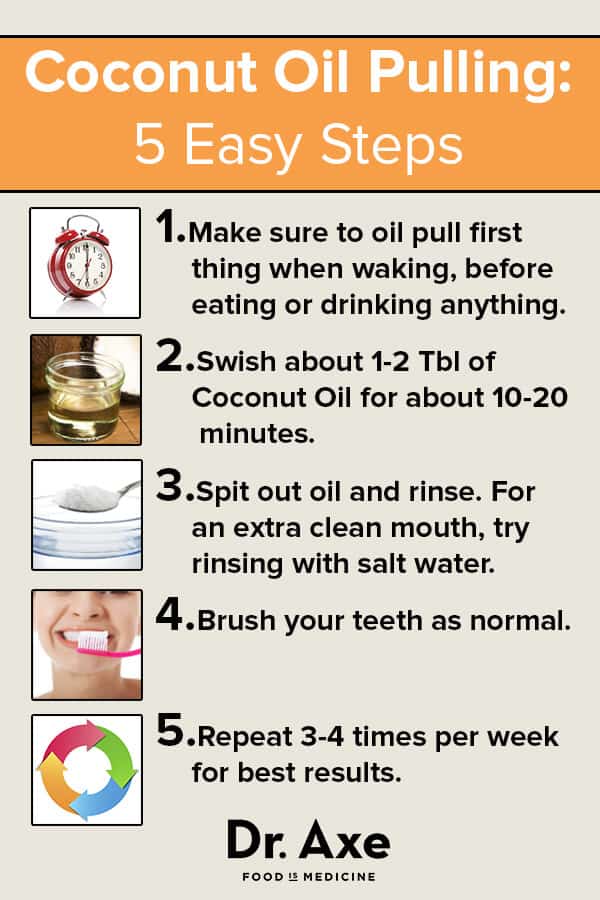
As you can see, oil pulling with coconut oil is a simple procedure with very effective results. If 10-20 minutes sounds like a long time simply do oil pulling while in the shower or while driving to work in the morning or while doing work around the house to help pass the time.



